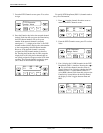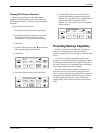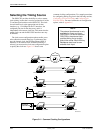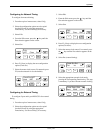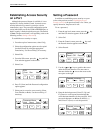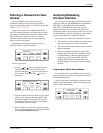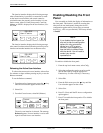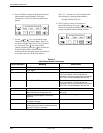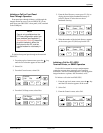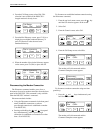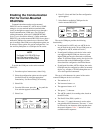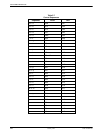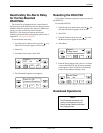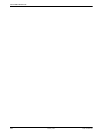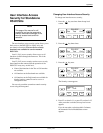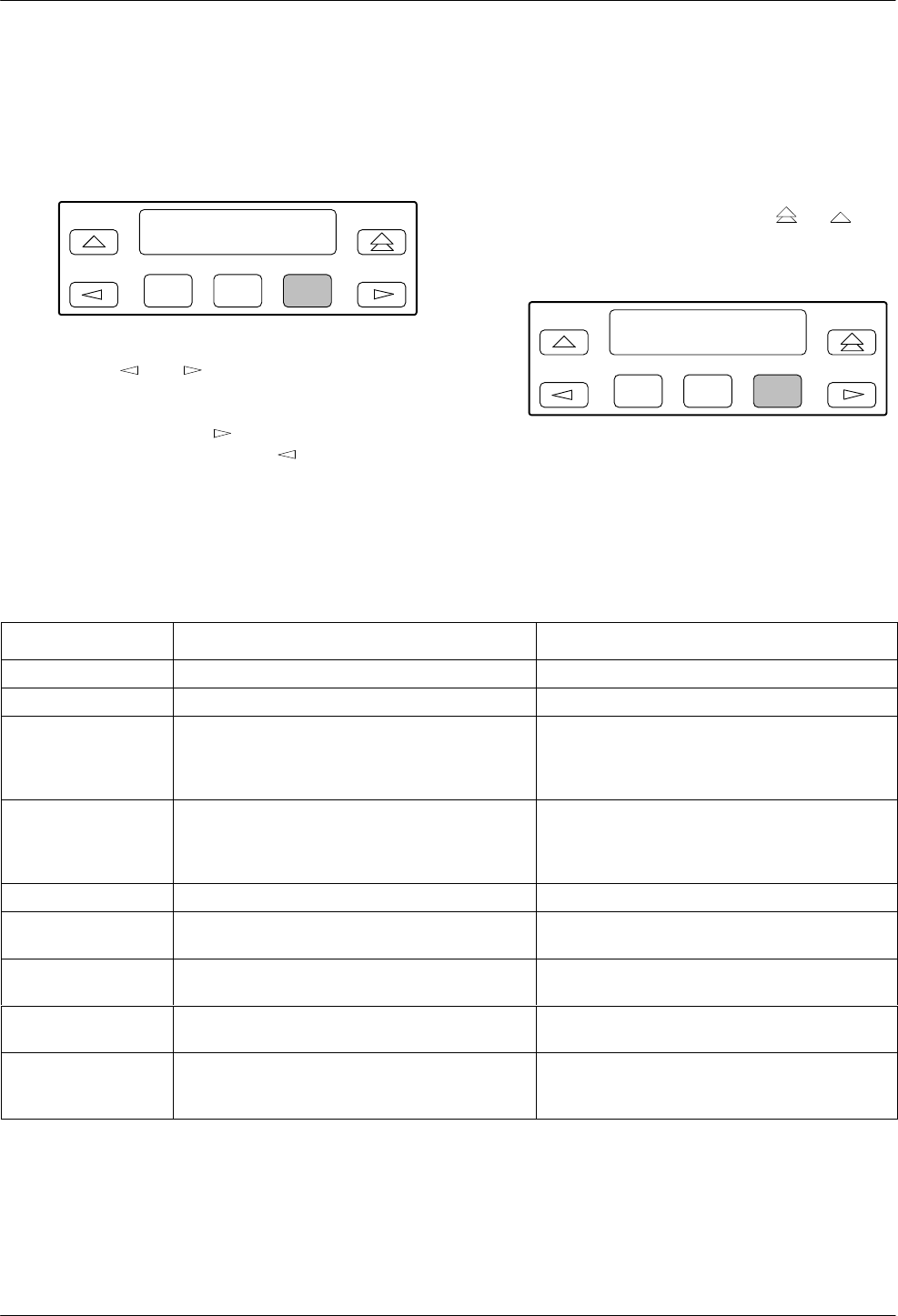
ACCULINK 316x DSU/CSU
3-38 January 1997 3160-A2-GB21-50
6. Press F3 (Edit) to change the displayed directory’s
phone number (phone numbers can be up to
40 characters). If you select Edit, the Edit screen
appears.
F1
1: xxxxxxxxxxxxxxxxx
Next Prev Edit
F2
F3
7. Use the and keys to position the cursor
under the digit(s) you want to change. Press F1 to
scroll up to a higher digit. Press F2 to scroll down
to a lower digit. The
key inserts blanks
(default characters) while the
key invokes the
End Of Number (EON) character which
terminates the dial string and erases any characters
to the right when you use the Save function.
See Table 3-6 for the set of valid characters and
rules that apply to entering phone numbers.
Example: P9W8135551212
8. Press F3 (Save) to store your changes in
nonvolatile memory. If you press
or
before saving the phone number you just changed,
the previous phone number remains in effect.
F1
1: xxxxxxxxxxxxxxxxx
Up Down Save
F2
F3
Table 3-6
Valid Phone Number Characters
Valid Characters
Meaning Restrictions
0 to 9 DTMF or pulse digits —
* # DTMF digits —
P Selects Pulse dialing Pulse or Tone must be specified, otherwise
Tone is the default. This must be the first
character in the string, unless the first character
is B. Then, it must immediately follow the B.
T Selects Tone (DTMF) dialing Tone or Pulse must be specified, otherwise
Tone is the default. This must be the first
character in the string, unless the first character
is B. Then, it must immediately follow the B.
W Wait for dial tone —
B Blind dialing (you need not wait for a dial tone
before entering the dialing sequence)
To be valid, this must be the first character in
the string.
, Creates a 2-second pause in the dialing
sequence
—
<space> ( ) - Extra characters for readability. The space is
the default character.
—
<- End Of Number (EON) character, terminates
the dial string and erases all characters to the
right after F3 (Save) is pressed
—



